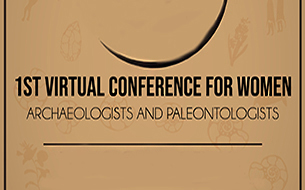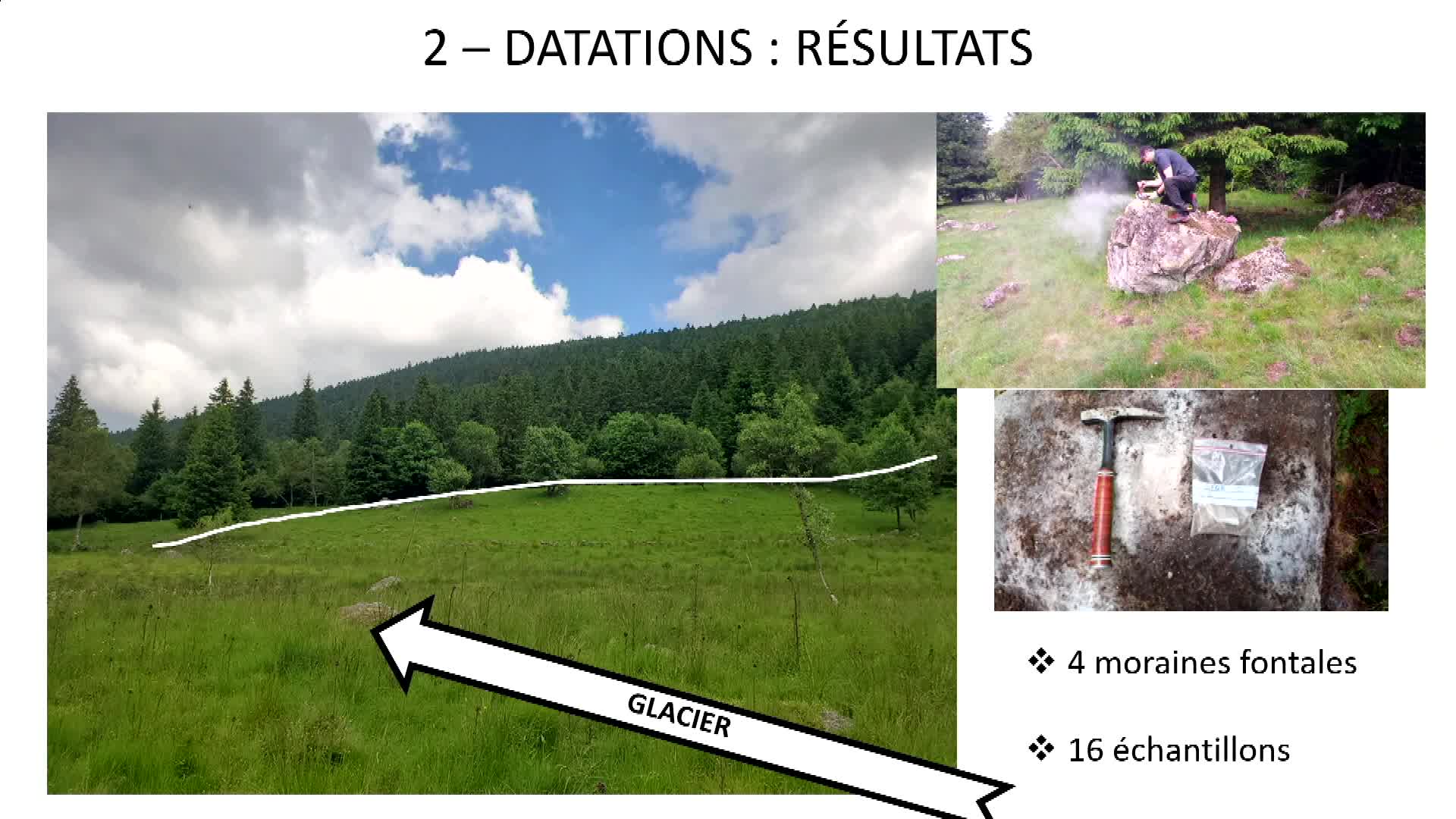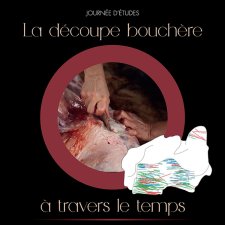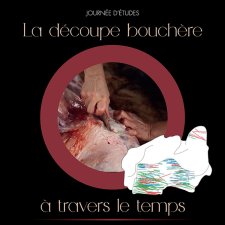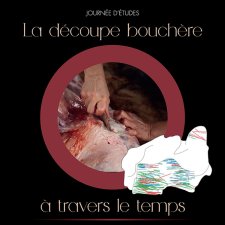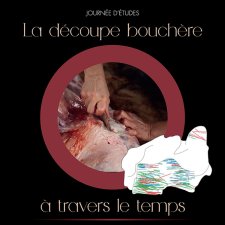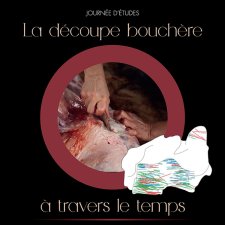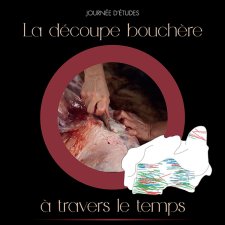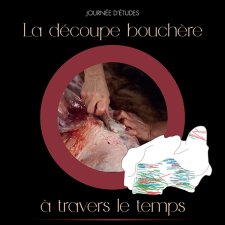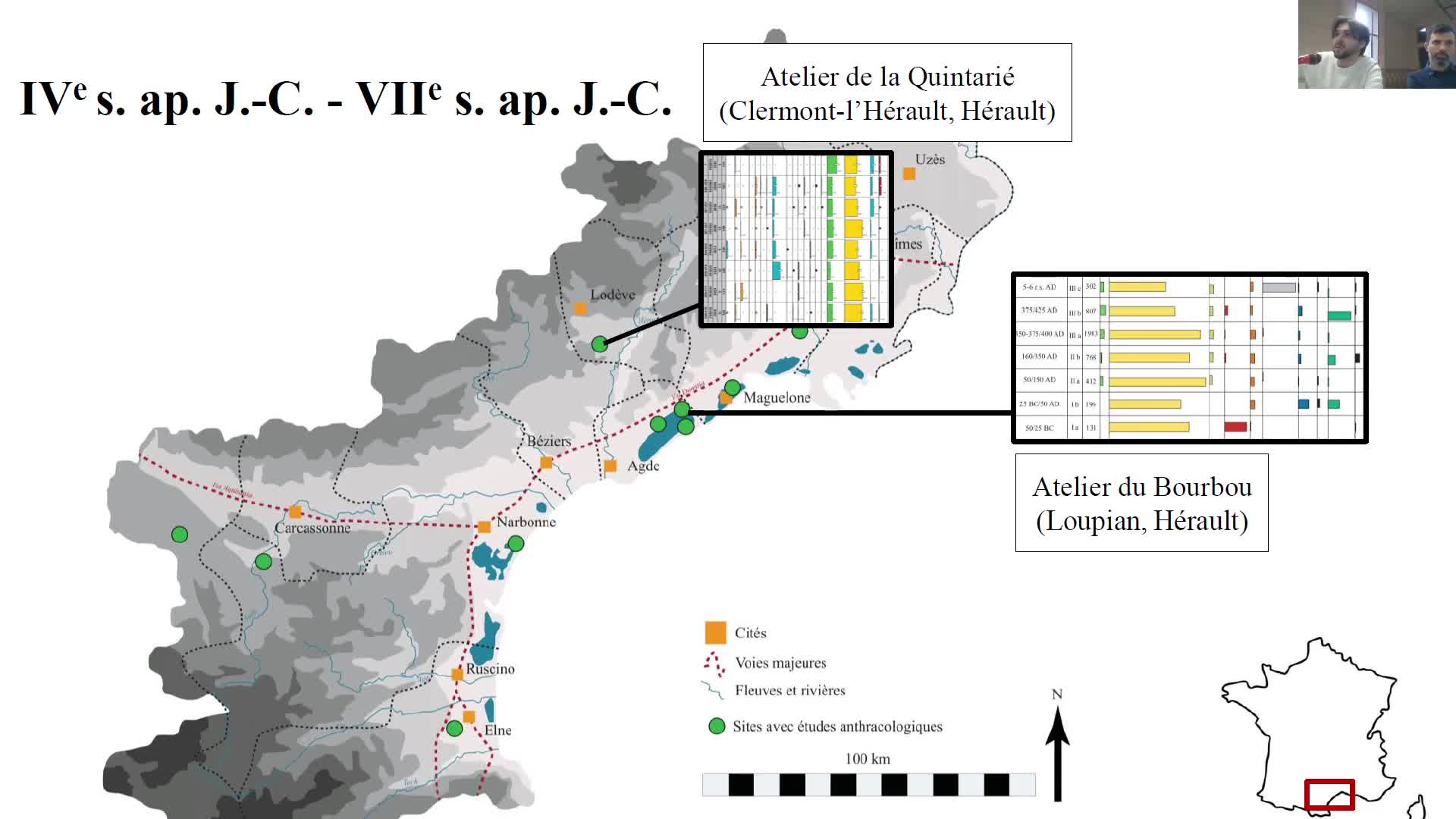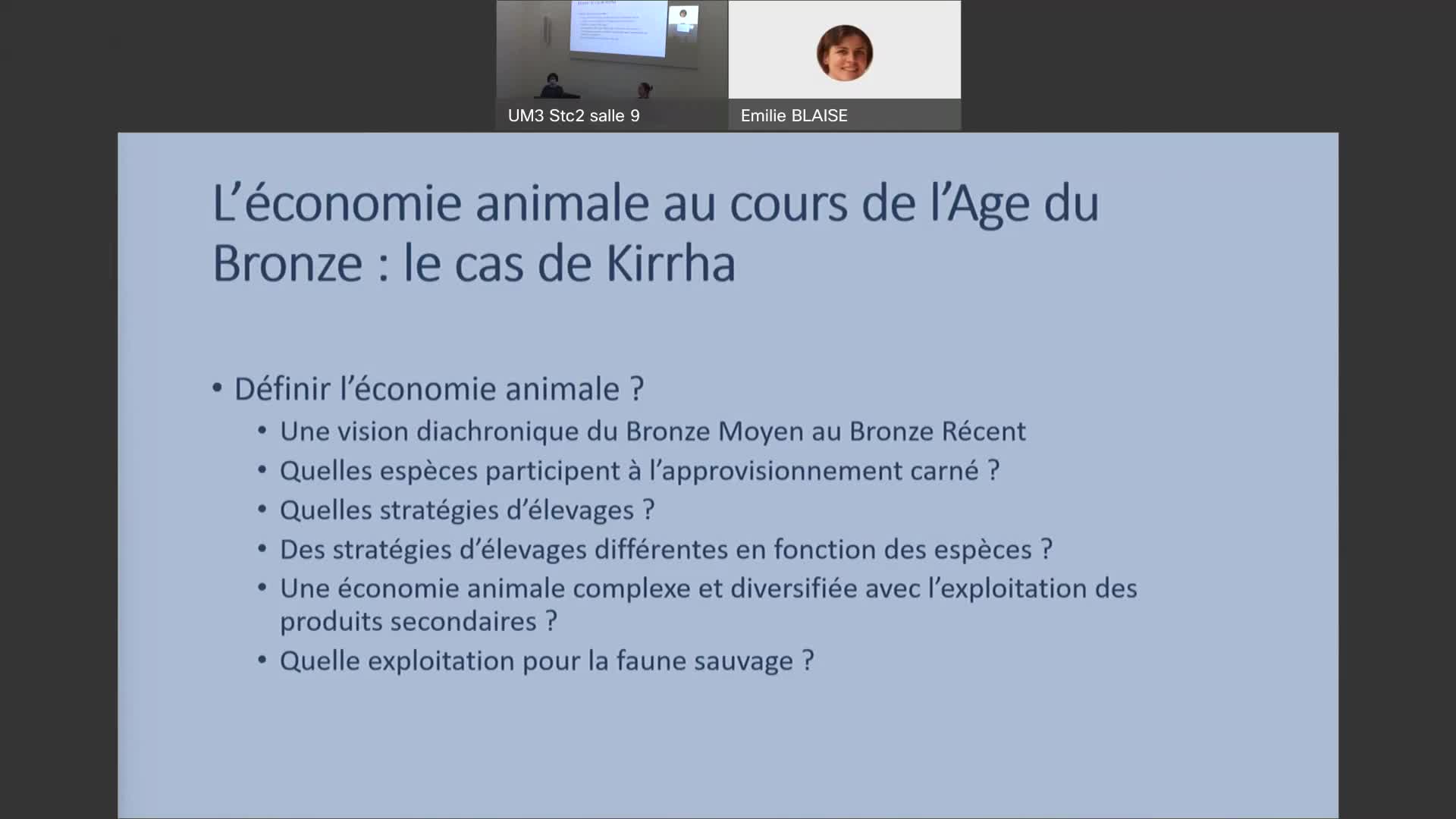Notice
What is shaping the brain? A perspective on brain size evolution in carnivorans / Margot Michaud
- document 1 document 2 document 3
- niveau 1 niveau 2 niveau 3
Descriptif
What is shaping the brain? A perspective on brain size evolution in carnivorans / Margot Michaud, in colloque "1st Virtual Conference for Women Archaeologists and Paleontologists. Nouveaux apports à l’étude des populations et environnements passés" organisé par le laboratoire Travaux et Recherches Archéologiques sur les Cultures, les Espaces et les Sociétés (TRACES) de l’Université Toulouse Jean Jaurès et le laboratoire Paléontologie Évolution Paléoécosystèmes (PALEVOPRIM) de l'Université de Poitiers, sous la responsabilité scientifique de Julie Bachellerie, Ana Belén Galán López (Traces), Émilie Berlioz et Margot Louail (Palevoprim). Université Toulouse Jean Jaurès, 8-9 mars 2021.
Session 1 : Morphological variability, taxonomy and adaptations.
Understanding the selective pressures that have influenced brain evolution is among the greatest challenge in evolutionary biology. Encephalization, to be understood as a larger brain size than predicted for a given body size, is presumed to confer selective advantages due to enhanced cognition and broader behavioural flexibility. However, decades of research on brain evolution have produced conflicting results. Which selective pressures favour larger brains and whether they act in the same way in differenttaxonomical groups remains poorly understood. In this study, we propose to investigate the effect of ecological adaptations, geographic and environmental factors, social complexity, and life-traits features on evolution of brain size in carnivoran species(wolfs, panthers, bears and relatives), using a broad-scale dataset of 174 species. Our results highlighted a complex pattern of brain evolution within this group with differences in both tempo and disparity between families. Moreover, our analyses suggested a strong influence of environmental and ecological factors on encephalization, with the average size of the geographic range being negatively correlated with encephalization in terrestrial carnivorans. In contrast, the relative brain size appears to bepositively influenced by the average home range size. Finally, we founded no evidence in favour of the “Social Brain Hypothesis” often proposed to explain the increase of encephalisation in relation to the complexity of social environment. These results suggest that different selective forces might drive evolution of brain size in carnivoran species and will contribute to a more comprehensive understanding of how the vertebrate brain evolved.
Thème
Documentation
Références documentaires
MICHAUD, Margot, VERON, Géraldine, FABRE, Anne-Claire, 2020. Phenotypic integration in feliform carnivores: covariation patterns and disparity in hypercarnivores versus generalists, Evolution, 12, vol. 74, 2681-2702. [En ligne : https://www.researchgate.net/publication/347357688_Phenotypic_integration_in_feliform_carnivores_Covariation_patterns_and_disparity_
in_hypercarnivores_versus_generalists].
MICHAUD, Margot, VERON, Géraldine, PEIGNÉ, S, BLIN, A., FABRE, ANne-Claire, 2018. Are phenotypic disparity and rate of morphological evolution correlated with ecological diversity in Carnivora?, Biological Journal of the Linnean Society, 4, vol. 124, 294–307. [En ligne : https://academic.oup.com/biolinnean/article/124/4/789/5034708].
Liens
Programme du colloque "1st Virtual Conference for Women Archaeologists and Paleontologists" (8-9 mars 2021)
Website du Laboratoire Paléontologie Évolution Paléoécosystèmes Paléoprimatologie (PALEVOPRIM)
Livret des résumés des communications du colloque "1st Virtual Conference for Women Archaeologists and Paleontologists. Nouveaux apports à l’étude des populations et environnements passés" (8-9 mars 2021)
Site internet dédié au colloque "1st Virtual Conference for Women Archaeologists and Paleontologists" (8-9 mars 2021)
Dans la même collection
-
Sensivity analysis to morphological changes of the shoulder joint: application to percussio…
Blasi-ToccacceliAliciaSensivity analysis to morphological changes of the shoulder joint: application to percussion gestures during Oldowan debitage / Alicia Blasi-Toccacceli, in colloque "1st Virtual Conference for
-
"Ouranopithecus macedoniensis" (late Miocene, Greece): analysis of mandibular fragments using …
IoannidouMelaniaOuranopithecus macedoniensis (late Miocene, Greece): analysis of mandibular fragments using 3D geometric morphometrics / Melania Ioannidou, in colloque "1st Virtual Conference for Women
-
Comminution capabilities of extant and fossil anthropoids during molar intercuspation: a preliminar…
WalkerAxelle E. C.Comminution capabilities of extant and fossil anthropoids during molar intercuspation: a preliminary experiment using a chewing simulator / Axelle E. C. Walker, in colloque "1st Virtual Conference for
-
New sperm whale cranium from the late Miocene and a revised family attribution for the small crown …
AlfsenApollineNew sperm whale cranium from the late Miocene and a revised family attribution for the small crown physeteroid Thalassocetus / Apolline Alfsen, in colloque "1st Virtual Conference for Women
-
Postnatal shape changes in the rodent mandible at a macroevolutionary scale / Morgane Dubied
DubiedMorganePostnatal shape changes in the rodent mandible at a macroevolutionary scale / Morgane Dubied, in colloque "1st Virtual Conference for Women Archaeologists and Paleontologists. Nouveaux apports à l
-
Cranial vault healing in modern humans: input of archaeological and clinical data / Aliéno…
LepetitAliénorCranial vault healing in modern humans: input of archaeological and clinical data / Aliénor Lepetit, in colloque "1st Virtual Conference for Women Archaeologists and Paleontologists. Nouveaux
-
A transdisciplinary approach to reconstruct the Nilotic socio-ecosystem in Luxor west bank during t…
NicatoreGiuliaA transdisciplinary approach to reconstruct the Nilotic socio-ecosystem in Luxor west bank during the Ptolemaic period (3rd-1st centuries BC.) / Giulia Nicatore, in colloque "1st Virtual Conference
-
Tracing Human Ancestral Migration from its Symbiotic Bacteria / Alexia Nguyen Trung
Nguyen TrungAlexiaTracing Human Ancestral Migration from its Symbiotic Bacteria / Alexia Nguyen Trung, in colloque "1st Virtual Conference for Women Archaeologists and Paleontologists. Nouveaux apports à l’étude des
-
From monoliths to megaliths: a new approach on the megalithic burials of southwestern France / Bosc…
BoscusSarahFrom monoliths to megaliths: a new approach on the megalithic burials of southwestern France / Boscus Sarah, in colloque "1st Virtual Conference for Women Archaeologists and Paleontologists. Nouveaux
-
Foragers and their symbolic landscape. Understanding the role of rock art in the territoriality of …
JobardLéaForagers and their symbolic landscape. Understanding the role of rock art in the territoriality of Later Stone Age Matobo populations / Léa Jobard, in colloque "1st Virtual Conference for Women
-
Towards a tracking of past bird seasonal migrations through geological times: what could isotopes t…
DuhamelAnaïsTowards a tracking of past bird seasonal migrations through geological times: what could isotopes tell us? / Anaïs Duhamel, in colloque "1st Virtual Conference for Women Archaeologists and
-
Study of human group behaviors during the Last Glacial Maximum in the east Carpathian area from zoo…
DemayLaëtitiaStudy of human group behaviors during the Last Glacial Maximum in the east Carpathian area from zooarchaeological remains / Laëticia Demay, in colloque "1st Virtual Conference for Women Archaeologists
Sur le même thème
-
GLAMCE - Dater les paysages glaciaires du Forez : combinaison d’une technique low-tech (Marteau de …
RousselErwanAncrenazArthurArthur Ancrenaz et Erwan Roussel, membres de GEOLAB, présentent le projet GLAMCE.
-
La découpe bouchère à travers le temps : introduction de la journée d'études
CostamagnoSandrineÀ destination principalement des étudiantes et étudiants en archéologie ainsi que des archéozoologues, cette journée visait à mettre en lumière la diversité des pratiques de boucherie à travers le
-
Décharner, mettre en pièces, fracturer le gibier au Paléolithique : même menu, mêmes façons de fair…
SoulierMarie-CécileBirousteClémentCostamagnoSandrineÀ destination principalement des étudiantes et étudiants en archéologie ainsi que des archéozoologues, cette journée visait à mettre en lumière la diversité des pratiques de boucherie à travers le
-
Défaire pour bien faire ? La désarticulation des basipodes de renne au Magdalénien moyen
BirousteClémentCostamagnoSandrineÀ destination principalement des étudiantes et étudiants en archéologie ainsi que des archéozoologues, cette journée visait à mettre en lumière la diversité des pratiques de boucherie à travers le
-
Jusqu’où peut-on aller dans la description des pratiques bouchères des groupes humains préhistoriqu…
ValAuroreÀ destination principalement des étudiantes et étudiants en archéologie ainsi que des archéozoologues, cette journée visait à mettre en lumière la diversité des pratiques de boucherie à travers le
-
Mes os sans stries… le partage et la découpe au Mésolithique
GardeurMarineMallyeJean-BaptisteÀ destination principalement des étudiantes et étudiants en archéologie ainsi que des archéozoologues, cette journée visait à mettre en lumière la diversité des pratiques de boucherie à travers le
-
Restituer l’histoire de la boucherie par l’archéologie : l’exemple de la période gauloise
Roure-HorardMarie-PierreÀ destination principalement des étudiantes et étudiants en archéologie ainsi que des archéozoologues, cette journée visait à mettre en lumière la diversité des pratiques de boucherie à travers le
-
Archéozoologie et alimentation médiévale : focus sur une boucherie à Saint-Quentin (XVe siècle)
ClavelBenoîtÀ destination principalement des étudiantes et étudiants en archéologie ainsi que des archéozoologues, cette journée visait à mettre en lumière la diversité des pratiques de boucherie à travers le
-
Du pot aux recettes : expérimentation de préparations gauloises, romaines, médiévales et modernes,…
Roure-HorardMarie-PierreNous disposons, sur de nombreux sites archéologiques, de céramiques à usage culinaire gauloises, romaines, médiévales et modernes dont les argiles ont enregistré, par imprégnation, les marqueurs
-
Approvisionner le feu en bois. Regard anthracologique sur l’exploitation du Bois des Lens et les us…
VaschaldeChristopheChardonneau-HenneuseJulienApprovisionner le feu en bois. Regard anthracologique sur l’exploitation du Bois des Lens et les usages du combustible par les potiers de l’Antiquité tardive.
-
Alimentation et élevage en Grèce centrale à l’âge du Bronze. Le cas de Kirrha
OrgeoletRaphaëlAniMed, 24 février 2022 - Raphaël ORGEOLET (MCF, CCJ Aix-en-Provence) et Marion SIRITO-OLIVIER (doctorante UPV-Montpellier 3, archéozoologue, UMR 5140 ASM)
-
Alfredo Mayoral - « Gergovie : nouvelles recherches géoarchéologiques et paléoenvironnementales »
Le jeudi 16 septembre 2021, à 20h30, sur Facebook, Page Musée de Gergovie, Alfredo Mayoral, géoarchéologue, à l'Institut Catalan d’Archéologie Classique et à GEOLAB (UMR 6042 CNRS / UCA UNILIM), a


